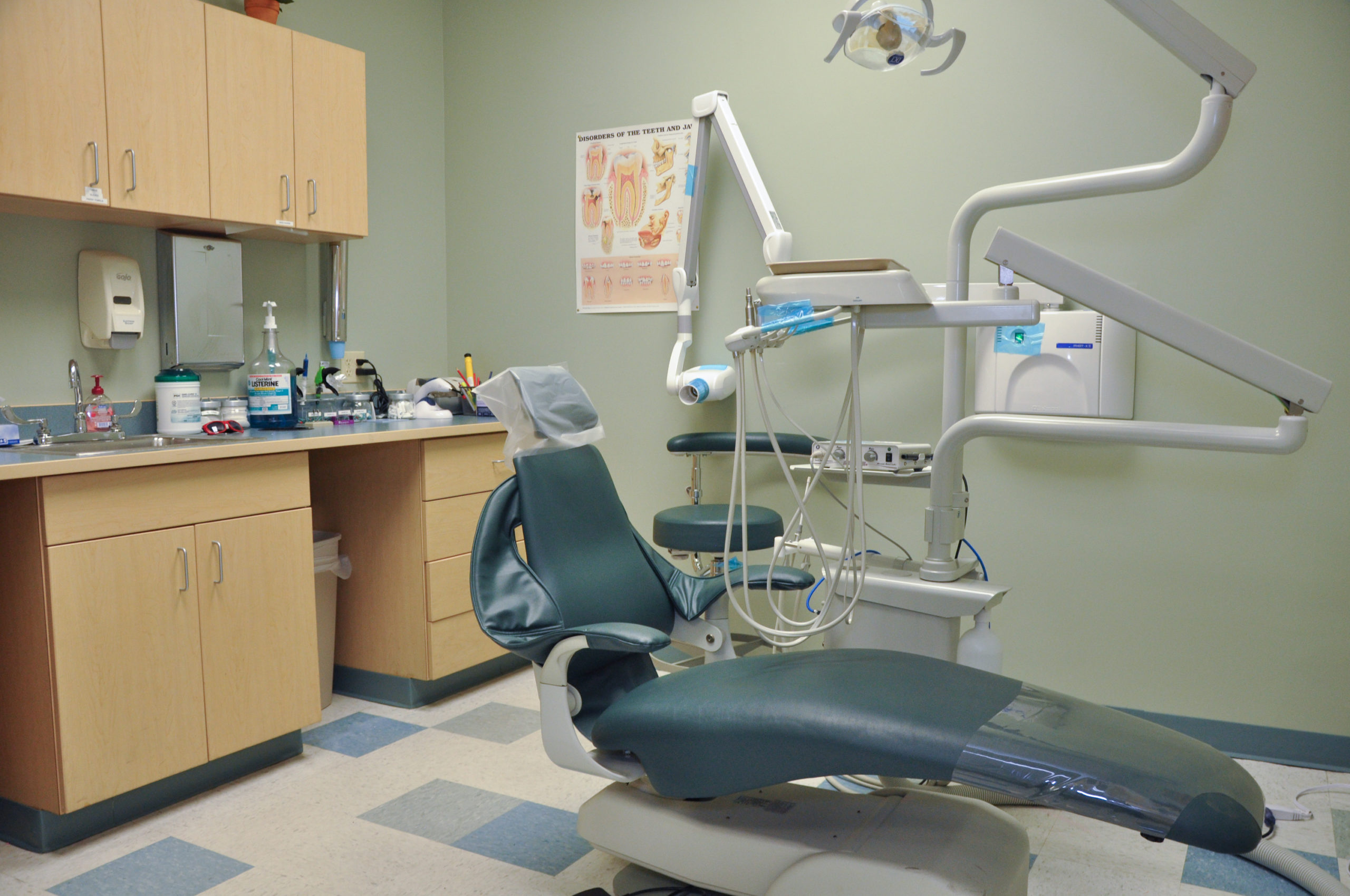Explore the Range of Dental Issues Dentists Generally Manage
Dentists are entrusted with resolving a wide spectrum of oral concerns, each calling for specialized knowledge and strategies. From the widespread issue of cavities triggered by bacterial activity to the a lot more insidious progression of gum condition, oral professionals need to be experienced at very early discovery and intervention. Tooth level of sensitivity, usually arising from worn enamel, adds one more layer of intricacy, while the early identification of dental cancer can be life-saving. Furthermore, misaligned bites demand tailored treatment plans to enhance both capability and looks. What specific strategies do dental experts utilize to handle these varied obstacles properly?
Tooth Cavities and Tooth Decay
Cavities, likewise understood as oral decays, are triggered by the demineralization of tooth enamel due to acid-producing germs in the mouth. If left untreated, cavities can lead to substantial oral problems, including infections and tooth loss.
To detect tooth cavities and tooth decay, dental experts employ a mix of visual evaluations, oral X-rays, and occasionally laser fluorescence tools. For even more sophisticated decay, a dental professional might need to remove the jeopardized tissue and recover the tooth with dental fillings made from materials such as composite material, amalgam, or porcelain.
Safety nets are critical in combating dental caries and dental cavity. Routine oral check-ups, appropriate cleaning and flossing methods, and a balanced diet plan low in sweet foods and drinks are fundamental techniques that sustain dental wellness and lessen the danger of dental decays.
Gum Illness

Periodontitis occurs when plaque, a sticky movie of bacteria, hardens right into tartar and builds up below the gum line. This triggers the periodontals to retreat from the teeth, creating pockets that become contaminated. As the body's body immune system deals with the bacteria, the bone and connective cells that hold teeth in position are broken down. The threat aspects for periodontal condition consist of poor oral hygiene, smoking cigarettes, diabetes, and hereditary proneness.
Dental practitioners identify periodontal condition with scientific assessment and periodontal penetrating to determine pocket depths around the teeth. Therapy may include scaling and root planing to get rid of tartar and microorganisms from tooth surfaces and underneath the periodontals. In serious instances, medical treatments like flap surgical procedure or bone grafts are necessary to bring back oral health. Preserving correct oral hygiene and normal oral examinations are essential for stopping periodontal illness.

Tooth Level Of Sensitivity
Beyond gum condition, an additional typical oral issue that people frequently encounter is tooth sensitivity. Identified by a sharp, transient discomfort in action to stimuli such as warm, cool, sweet, or acidic foods and drinks, tooth sensitivity can significantly affect a client's lifestyle - dentist eugene oregon. This condition usually develops when the safety enamel layer of the teeth comes to be worn down or Find Out More when the gums decline, exposing the underlying dentin. Dentin consists of tiny tubules that connect to the nerve ends within the tooth, thereby transferring the excruciating feelings.
In addition, oral treatments, broken teeth, and periodontal condition can expose the dentin. To minimize tooth sensitivity, dental practitioners may advise using toothpaste developed for delicate teeth, fluoride therapies to strengthen enamel, or oral bonding to cover subjected dentin.
Ultimately, addressing tooth sensitivity calls for a detailed technique that includes both safety nets and targeted therapies to relieve discomfort and secure the dental frameworks.
Oral Cancer
Dental cancer, a serious and potentially deadly problem, often flies under the radar in routine oral treatment discussions. This sort of cancer can affect any type of part of the mouth, consisting of the lips, tongue, cheeks, floor of the mouth, soft and difficult palates, sinuses, and throat. Early discovery is vital for effective therapy, yet several cases are detected at advanced stages due to refined preliminary signs.
Misaligned Bites
Misaligned attacks, also referred to as malocclusions, are a common dental problem that can significantly impact both dental wellness and overall lifestyle - dentist in eugene oregon. These conditions occur when the top and reduced teeth do not line up correctly, leading to problems in biting, chewing, and even speaking. Malocclusions can be classified into various kinds, including overbites, underbites, crossbites, and open attacks, each offering distinct obstacles that require customized treatment methods
The reasons of misaligned bites vary and can include hereditary elements, early loss of baby teeth, thumb sucking, and injuries to the jaw. Signs usually consist of discomfort or pain in the jaw, regular biting of the internal cheeks, and an enhanced threat of dental cavity and gum condition because of trouble in maintaining oral health.
Orthodontists and dental experts use an array of interventions to deal with misaligned bites, from clear aligners and standard dental braces to extra sophisticated operations in extreme cases. Early medical diagnosis and treatment are essential to avoid issues such as temporomandibular joint this website (TMJ) problems and irregular endure teeth. With comprehensive analysis and tailored therapy plans, dental professionals play a crucial role in dealing with malocclusions and enhancing clients' oral feature and aesthetic appeals.
Verdict
Tooth cavities and tooth degeneration result from microbial activity that endangers tooth enamel, while gum illness can rise from gingivitis to serious gum conditions. Tooth sensitivity involves discomfort from thermal stimuli, demanding details treatment.
To detect dental caries and tooth decay, dentists utilize a combination of aesthetic examinations, dental X-rays, and in some cases laser fluorescence gadgets.Beyond gum tissue condition, another usual oral issue that clients often run into is tooth level of sensitivity. Furthermore, oral treatments, cracked teeth, and gum tissue illness can expose the dentin. To alleviate tooth level of sensitivity, dental practitioners might suggest making use of toothpaste formulated for delicate teeth, fluoride treatments to reinforce enamel, or oral bonding to cover exposed dentin. Cavities and tooth degeneration result from microbial task that jeopardizes tooth enamel, while gum tissue disease can escalate from gingivitis to extreme gum problems.